Silk Road: The Five 'Stans of Central Asia
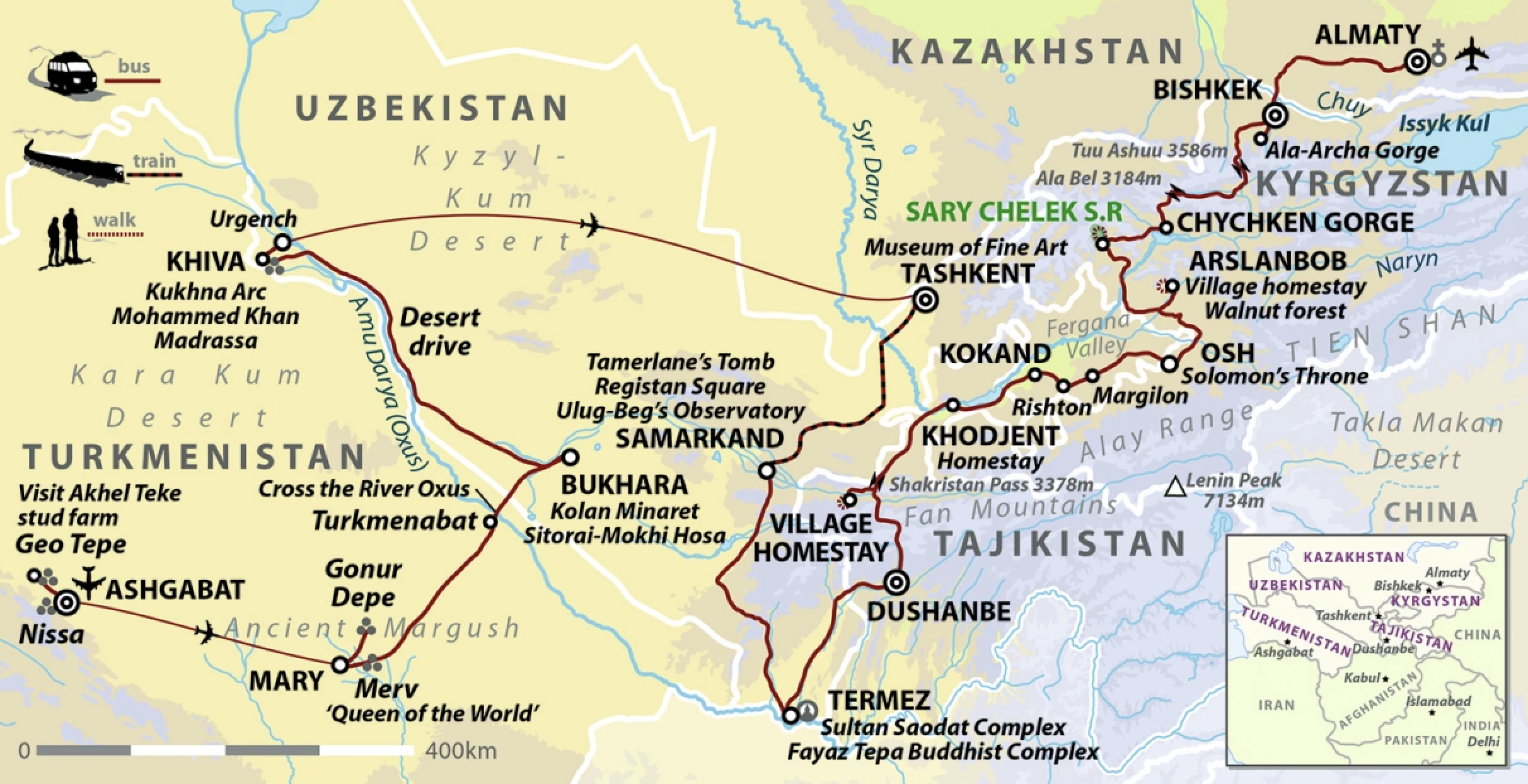
The five ‘stans of Central Asia - Turkmenistan, Uzbekistan, Tajikistan, Kyrgyzstan and Kazakhstan – must rank amongst some of the world’s least visited and least well-known destinations, making this trip a true journey of discovery.
Offering an incredible diversity of both scenery and culture - from the architectural wonders of Uzbekistan’s Silk Road cities of Samarkand, Bukhara and Khiva to the epic scenery of the Tien Shan ‘Mountains of Heaven’ - you will cross vast deserts and mighty rivers and experience local hospitality in homestays in Tajikistan and Kyrgyzstan. For much of the time you will be following ancient trade routes and discovering the remains of a bygone age but you will also experience the Central Asia of today from the bizarre white-marble city of Ashgabat to the cosmopolitan cities of Tashkent and Almaty.
Day 1: STARTING IN ASHGABAT (TURKMENISTAN)
Discover Ashgabat, the capital of Turkmenistan (the first of our five ‘stans), known as the “white-marble city”. Discover the fascinating reminders of the city’s rich and eclectic past, including the famous so-called Arch of Neutrality.
Day 2: ASHGABAT
Travel out to Nissa, the 3rd Century BC capital of the Parthians, and visit the famous site of Geo Tepe where the Turkmens made their last stand against the Russians. Visit a nearby stud farm to see some of the beautiful pure-bred Akhel Teke, or ‘heavenly’ horses’, the Chinese desire for which gave birth to the original impetus for the Silk Road. Visit the largest mosque in Central Asia and the mausoleum of the first Turkmen President “Turkmenbashy”.
DAY 3: ASHGABAT - MARY
Fly to Mary, and drive out to Ancient Merv to see remaining traces of the glorious “Maru Shahu Jahan” – “Queen of Cities”. Due to its size and historical importance, Merv is one of the most significant sites in Turkmenistan, indeed in all of Central Asia. It consists of a series of towns each succeeded by another throughout the course of history. See the remains of several sites including the Erk Kala (6th C BC) with its citadel and the Mausoleum of Muhammed Ibn Zeid (12th C AD) before later returning to Mary to visit the local history museum, presenting a wide array of archaeological finds (dating back to the 3rd millennium BC through to the late 19th century) from both Ancient Merv and the Bronze Age sites of Margush.
DAY 4: MARY – GONUR DEPE - MARY
Drive northeast from Mary to ancient Margush and the archaeological site of Gonur Depe (40km off-road). Fertile silt brought by waters of the Murgab River delta and a moderate climate created favourable conditions for Bronze Age settlements known as the Margiana Oasis deep in the desert. This is an amazing site said to be the fifth great civilisation of ancient times where, it is believed, the Zoroastrian culture was born.
DAY 5: MARY – BUKHARA (UZBEKISTAN)
Leaving Mary, head north and after lunch in Turkmenabat, and have the thrill of crossing the great Oxus (Amu-Darya) River. From here arrive at the Turkmen border and enter Uzbekistan (the second of our five ‘stans). After customs formalities you will transfer to Bukhara, where you ca nexplore the streets and alleyways of this ancient town.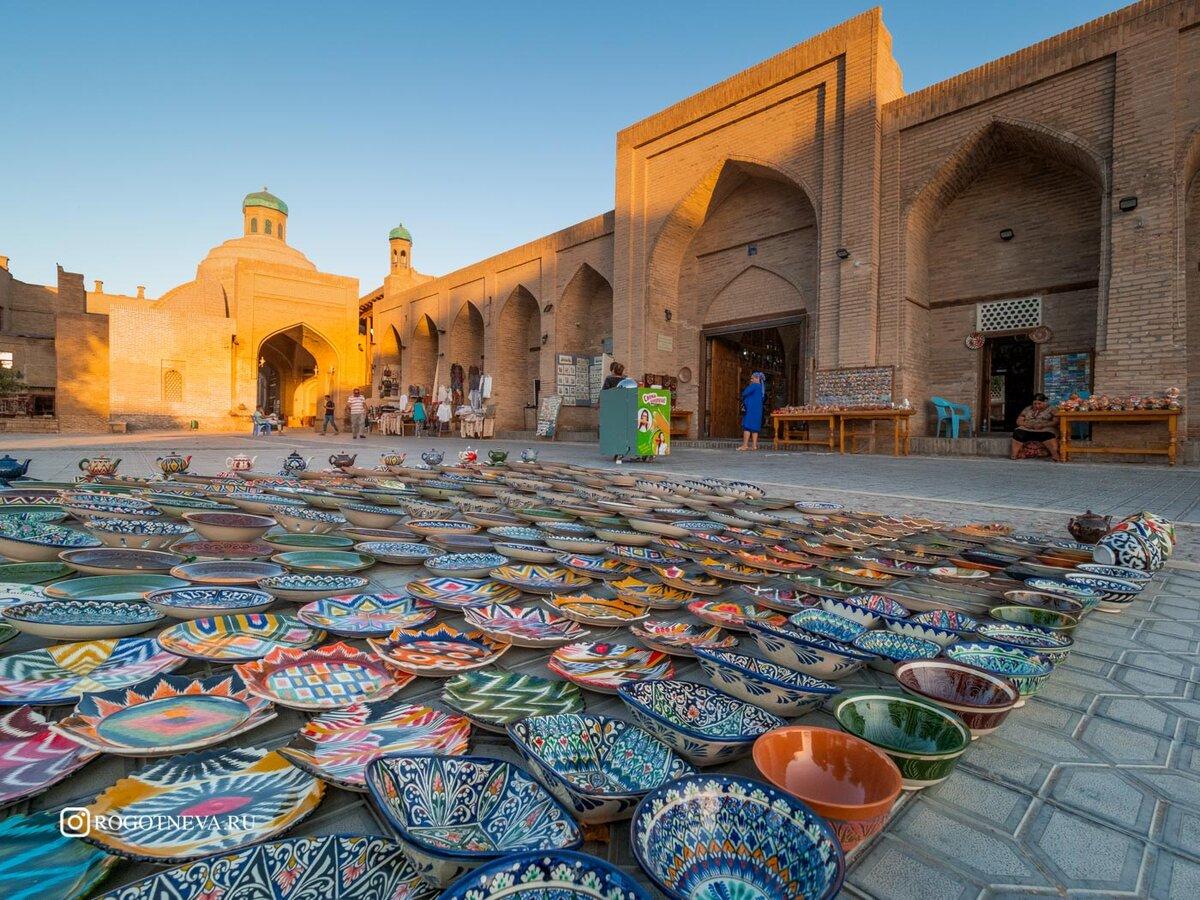
DAY 6: BUKHARA
Visit the famous Arc – or town citadel – in front of which the British officers Connelly and Stoddard lost their heads in what was one of the most infamous events of the Great Game. Visit the Kolan Minaret – or Tower of Death, from which Amir Nasirulla Khan threw his enemies – as well as the rest of the beautiful old town. Explore Bukhara at your leisure, with opportunities to wander through the bazaar and maybe do a little souvenir shopping.
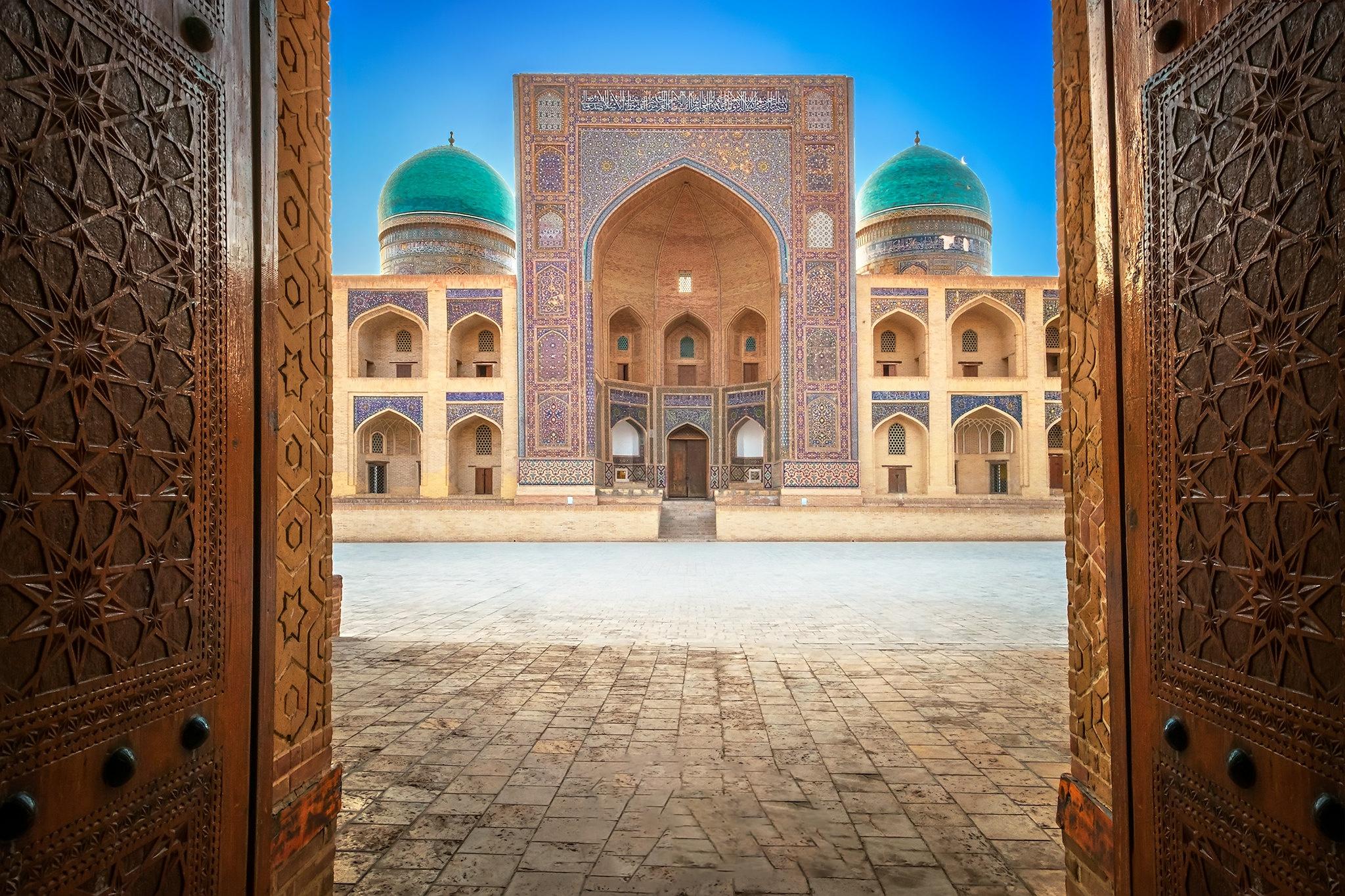
DAY 7: BUKHARA
There is still plenty to see and do in Bukhara, such as visiting the Sitorai-Mokhi Hosa, the impressive summer residence of last Emir of Bukhara.
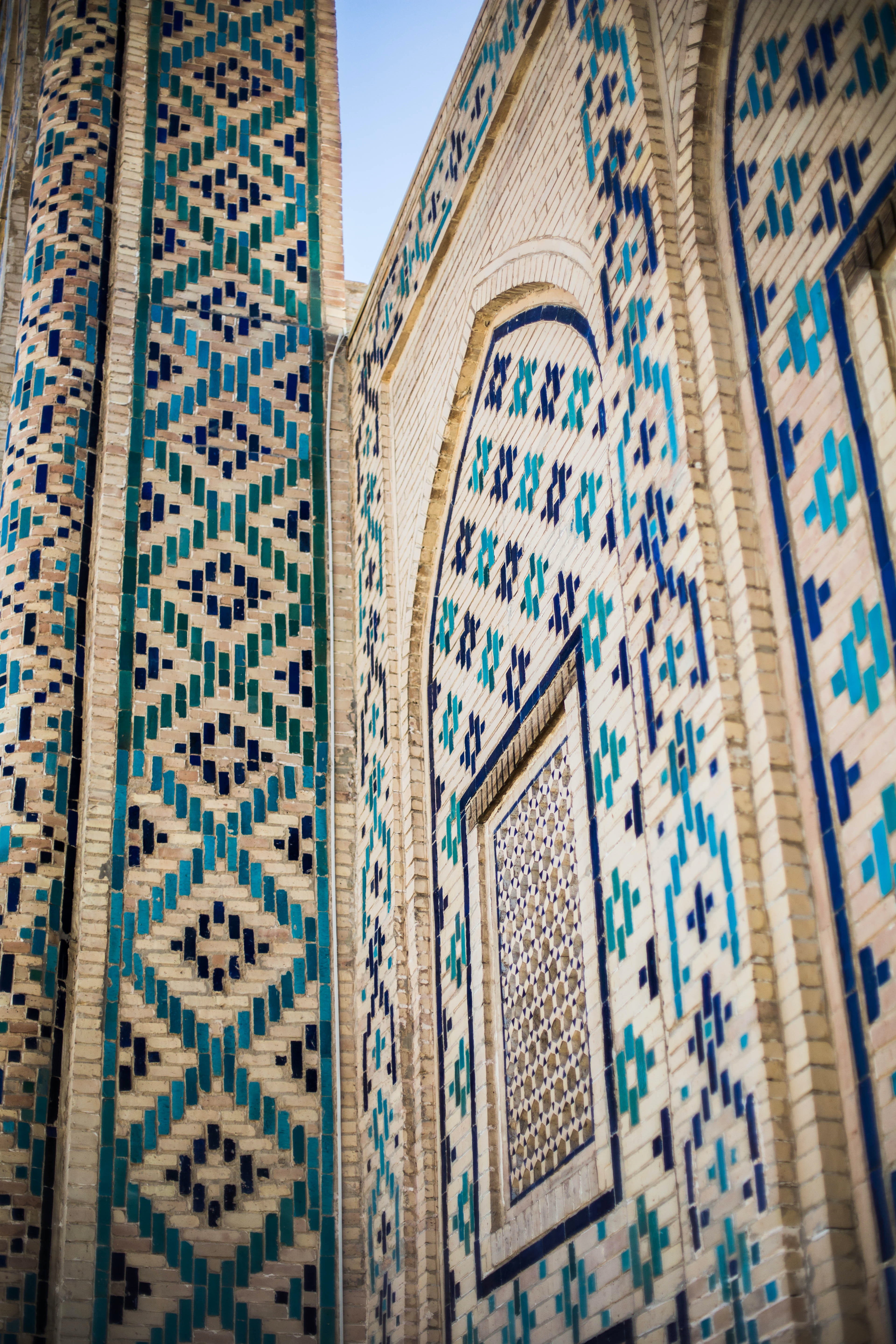
DAY 8: BUKHARA - KHIVA
Take a long drive across the desert towards Khiva. En route you will cross once more the famous Amu-Darya River before arriving in Khiva’s UNESCO-protected old town, where you can wander around the quiet streets of this wonderfully preserved Silk Road city.
DAY 9: KHIVA
Soak up the atmosphere of Khiva and visit some of the most colourful and sumptuous sites, including the Kukhna Arc and the Mohammed Khan Madrassa. Climb up the Kalta Minor minaret, explore the Jama Majid mosque with its amazing wooden pillars and the Alloquli Khan Madrassa, bazaar and caravanserai.
DAY 10: KHIVA - TASHKENT
After a short drive to Urgench, take a morning flight to Tashkent, Uzbekistan’s vibrant capital which sat at the heart of the old Central Asian trading routes, gaining prominence under the Mongols and the Shabanids, before finally being absorbed by the expansionist policies of the Russian empire during the 19th century. Flattened by a devastating earthquake in the mid 1960s, the city was reinvented by the Kremlin to represent the very epitome of the socialist ideal. Today a prestigious working madrasah overlooks the sprawling Chorsu bazaar and nearby is the modern complex of the Khast Imam Mosque, which contains the oldest known copy of the Koran dating from 655. Tashkent is a colourful mixture of history and culture, including the Museum of Fine Art.
DAY 11: TASHKENT - SAMARKAND
Take a train ride to probably the most famous of all Silk Road cities, Samarkand. Discover this amazing town, wandering through the gargantuan sights and visiting Guri Amir (Tamerlane’s tomb), Bibi Khanym mosque, Shah-i-Zindar – the street of the dead - and the town’s excellent bazaar. Don't miss a visit to Registan Square, one of Central Asia’s most iconic sites.
DAY 12: SAMARKAND
Take the time to explore some of Samarkand’s greatest sites including Ulug-Beg’s extraordinary observatory, built in 1437 whereby he calculated the length of a year to within 1 minute of what we now know it to be.
DAY 13: SAMARKAND - TERMEZ
Heading south from Samarkand, drive on to Termez, a city whose ancient heart dates back to the 4th Century BC. Built on the banks of the Amu-Darya River, the old city was located at the intersection of many Great Silk Road routes and has a long, rich history. Don't miss a visit to the impressive Fayaz Tepa Buddhist Complex.
DAY 14: TERMEZ – DUSHANBE (TAJIKISTAN)
Visit some of the city’s other notable sites including the Archaeological Museum and the Sultan Saodat Complex, before driving to the border and crossing into Tajikistan, the third our five ‘stans, and heading towards its relaxed capital, Dushanbe.
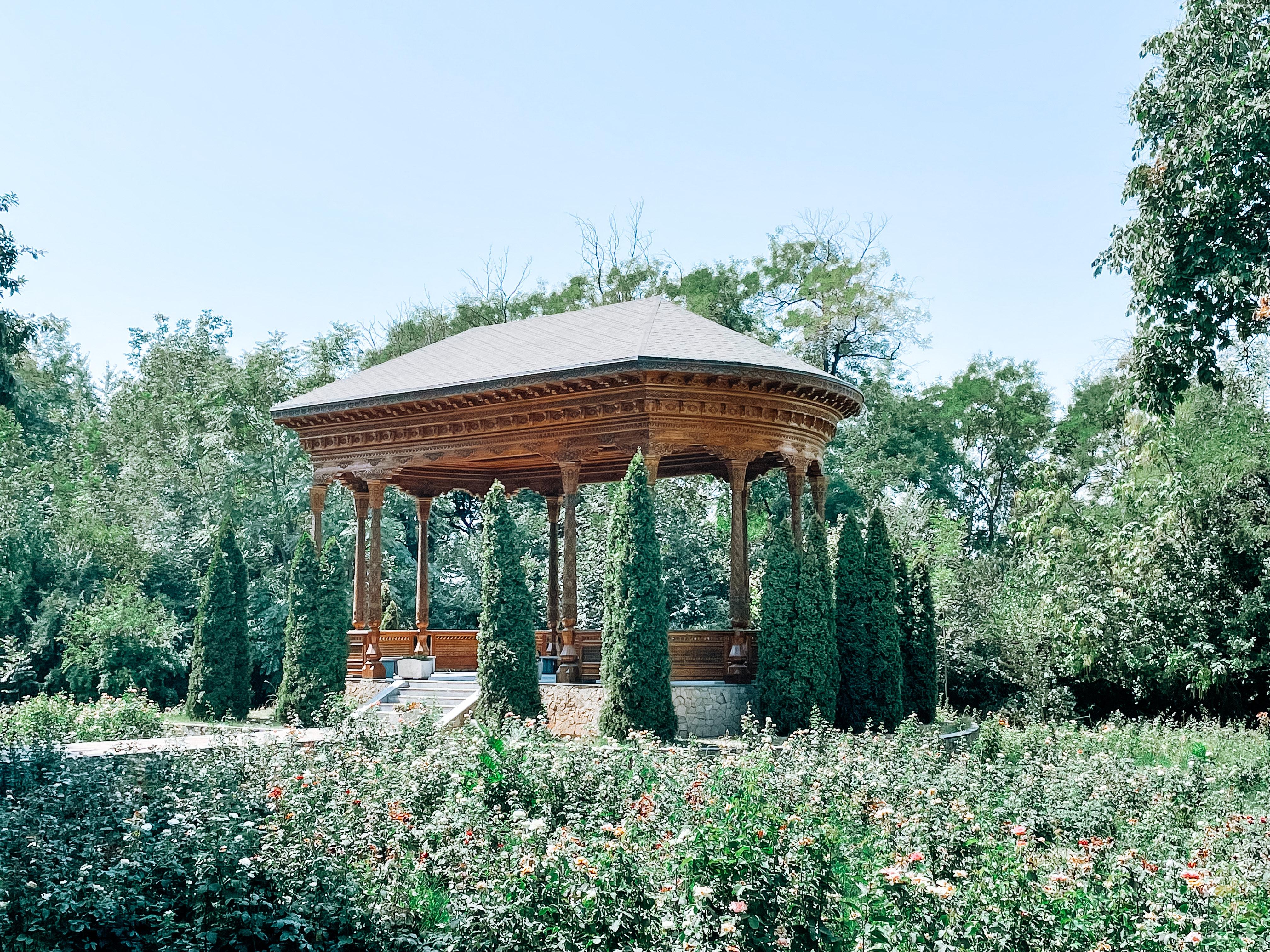
DAY 15: DUSHANBE – FAN MOUNTAINS
Stroll along Rudaki, the city’s main street and - depending on their erratic opening hours – a chance to visit one of the city’s impressive museums.Continue your journey north into the Fan Mountains, an area of outstanding natural beauty lying to south of the Zarafshan River.
DAY 16: FAN MOUNTAINS
Take a full day to explore the famed alpine scenery of this rarely visited part of Central Asia. Abounding in deep blue lakes and sporadically inhabited by Tajik pastoralists, the area is still relatively undiscovered and allows for a fascinating insight into this gem of a country.
DAY 17: FAN MOUNTAINS - KHODJENT
Leaving the Fan Mountains, take a spectacular drive over the Shakristan Pass (3378m) to arrive in Khodjent, which once played host to Alexander the Great’s armies. You can even have a swim in the famous Syr-Darya river, which runs through the town.
DAY 18: KHODJENT – KOKAND (UZBEKISTAN)
Follow the original Silk Road route along the Syr Darya River, crossing back into Uzbekistan and head for Kokand, once a powerful independent khanate whose might once controlled this entire region. Visit what remains of the khan’s palace.
DAY 19: KOKAND – OSH (KYRGYZSTAN)
Drive through the Fergana Valley, the incredibly fertile region that was the breadbasket of the Central Asian USSR and is still one of the wealthiest parts of the whole region. Stop in Rishton, renowned for its blue and green ceramics and later the town of Margilon, centre of the still thriving silk trade in the area. Here you can see the entire silk-weaving process from cocoon to end product. Head back to the Uzbek border and enter our fourth, and probably most beautiful of the ‘stans, Kyrgyzstan. Overnight in the ancient Silk Road town of Osh. Reputed to be 3000 years old, Osh is a place steeped in history and dominated by Solomon’s Throne which looms over the town.
DAY 20: OSH - ARSLANBOB
Heading into Kyrgyzstan’s mountainous interior, by way of the 12th century Uzgen minaret, for Arslanbob village. Considered to be one of the country’s most attractive villages, it sits in the middle of a vast walnut forest.
DAY 21: ARSLANBOB
Explore on foot the surrounds of Arslanbob and see its famous walnut forests, as well as some of the waterfalls and streams which dot the region. The walnut forests are believed to pre-date the 11th century and may even date back to the times of Alexander the Great. In fact legend has it that Alexander brought back large quantities of the nuts from Central Asia, but had to give them up once he reached Greece as payment to the boatmen who transported his troops. While this may just be the stuff of legends, what is certainly true is that Central Asian walnuts regularly formed part of the goods that were transported along the Silk Road, branches of which ran close to Arslanbob.
DAY 22: ARSLANOB – SARY CHELEK
Departing Arslanbob, we aim to arrive by mid-afternoon at Sary Chelek, which was included in the list of UNESCO Protected Biosphere Reserves in 1978. This is one of Kyrgyzstan’s least visited but most striking locations. Centred around a spectacular lake, which sits at an altitude of 1873m, Sary Chelek is almost alpine in appearance and provides some of the finest scenery in Central Asia. We base ourselves here for two nights.
DAY 23: SARY CHELEK
Head out with a picnic lunch and take an easy but exhilarating walk between and around two of the lakes of Sary Chelek. Being home to over 1000 species of plant, 160 species of bird and 34 different types of mammal we can never be sure of exactly what we might see, but the views all around are spectacular.
DAY 24: SARY CHELEK – CHYCHKEN GORGE
Take a beautiful drive takes east towards Chychkan Gorge where you can explore some of the impressive surrounding areas. You may have the opportunity to observe nomadic herders living in their traditional yurts surrounded by huge flocks of sheep, as well as many horses. Stop to see them milking mares in order to make ‘kumys’, a popular drink for the nomads. This is a great introduction to the life of the nomadic shepherd.
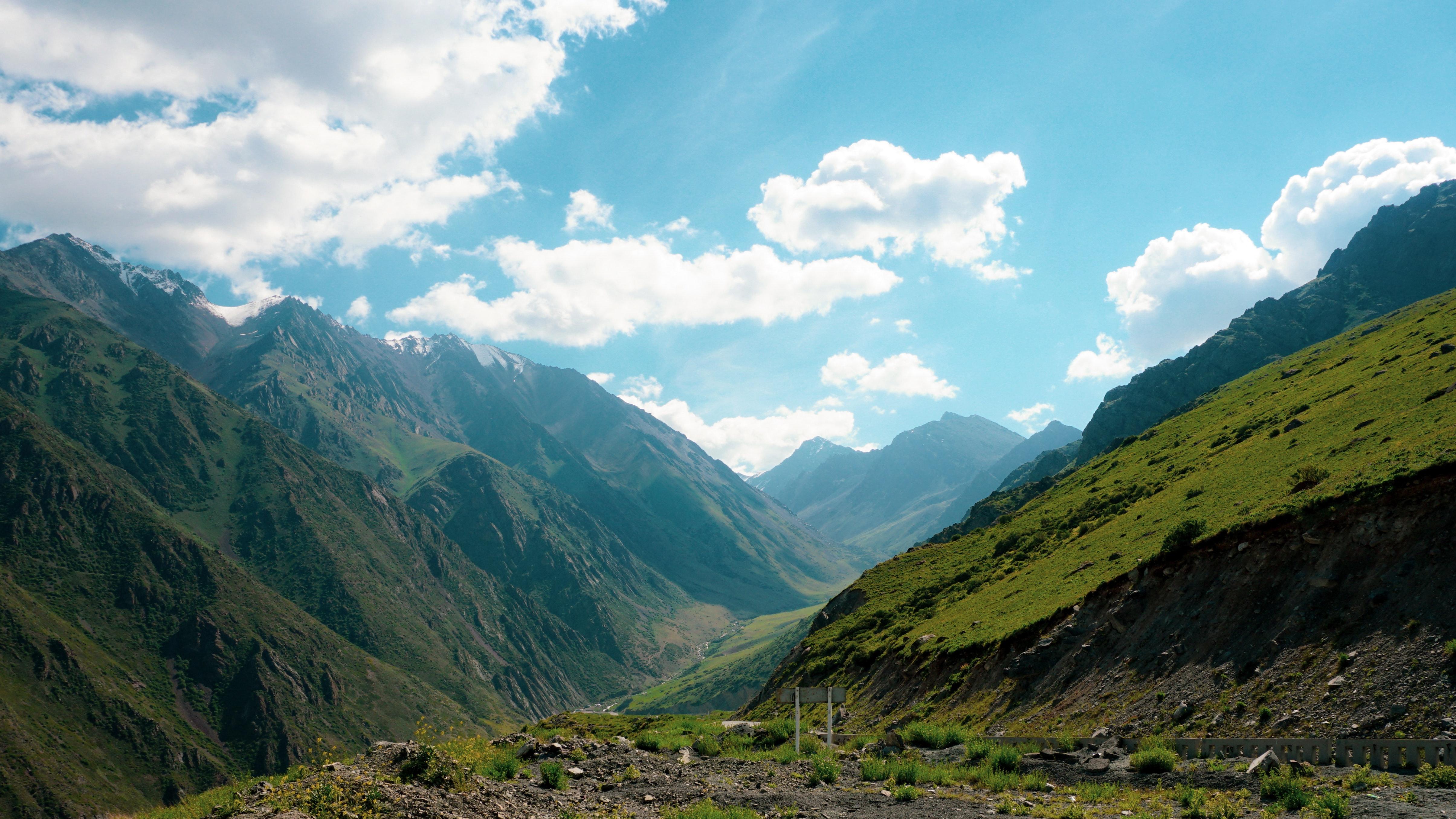
DAY 25: CHYCHKEN GORGE - BISHKEK
Head towards the Kyrgyz capital and drive over two mountain passes - the dramatic Tuu Ashuu (3586m) and the Ala Bel (3184m) which in Kyrgyz means ‘colourful pass’. Arrive at Bishkek, one of the world’s more relaxed capitals.
DAY 26: BISHKEK
Head to Ala-Archa, a grand, rugged but very accessible gorge situated about an hour's drive from Bishkek. In the Kyrgyz language, Ala-Archa means bright juniper and it grows in abundance here over the mountain slopes. Now converted into a national park, it also offers some good walking possibilities and is a favourite place with the citizens of Bishkek, who like to relax and enjoy picnics here.
DAY 27: BISHKEK – ALMATY (KAZAKHSTAN)
Enter the fifth and final ‘stan, Kazakhstan. Depending on border formalities you should arrive in Almaty in time for a visit to the Holy Ascension Cathedral, which is made entirely of wood.
DAY 28: ALMATY
After a morning visit to Republic Square to see the Independent Monument and the State History Museum drive up to Medeo gorge, taking a funicular up to Chimbulak for some great views out over the highest ice-skating rink in the world. Afterwards, head to Sunkar to learn about the old tradition of falconry – hunting with birds of prey.
This itinerary was developed in collaboration with Wild Frontiers as a capacity building initiative for the Silk Road World Heritage Journeys project.
